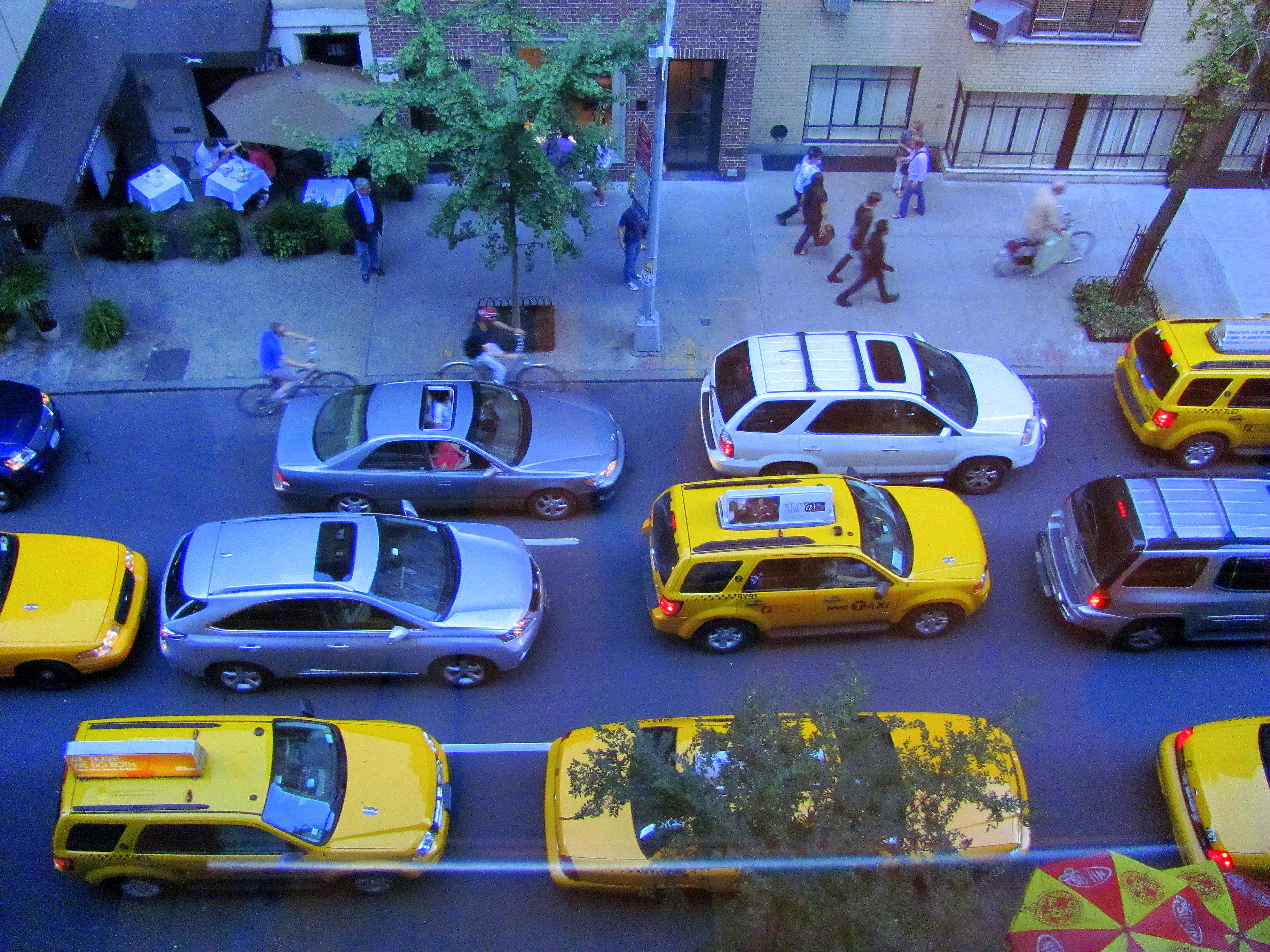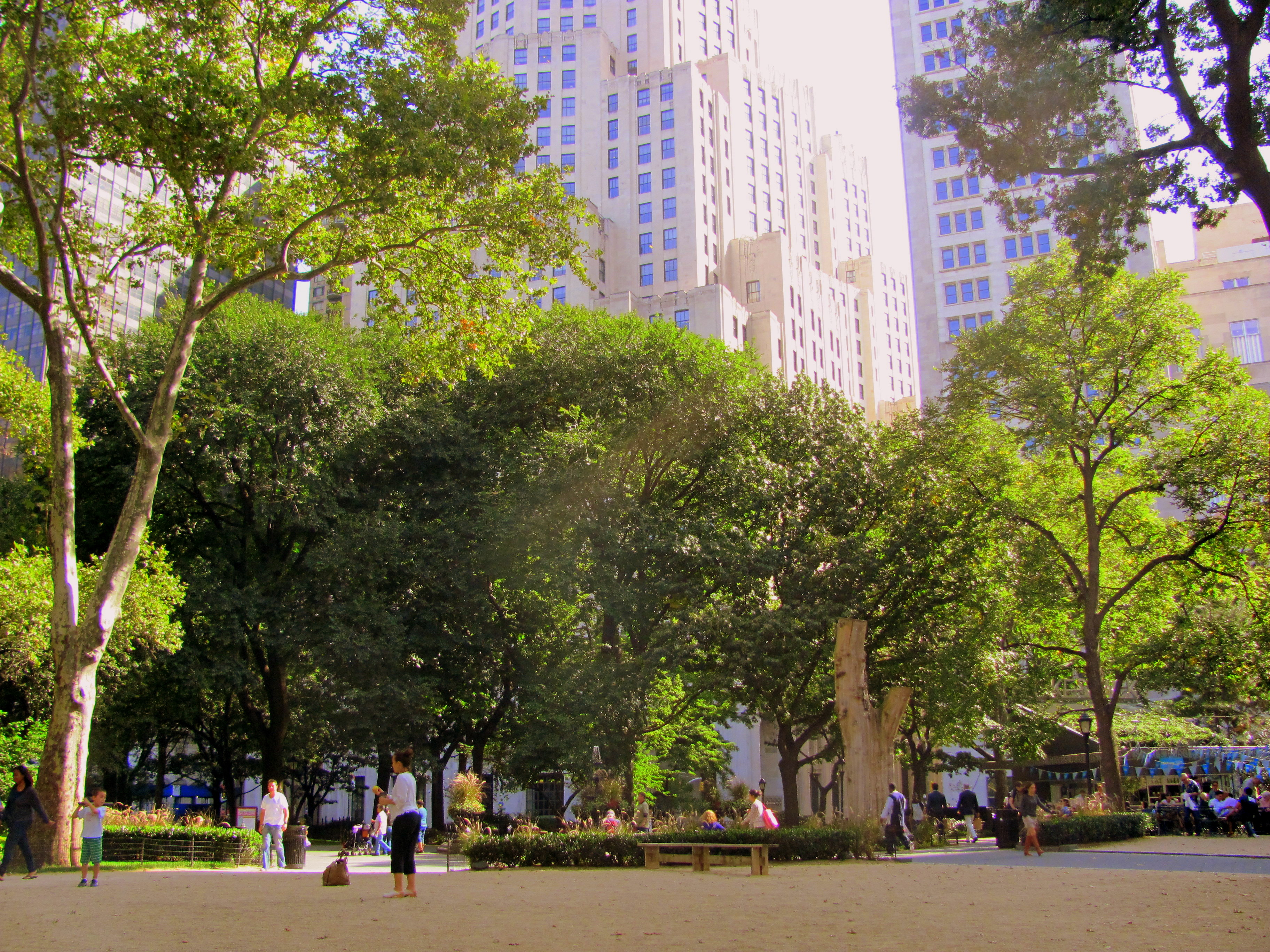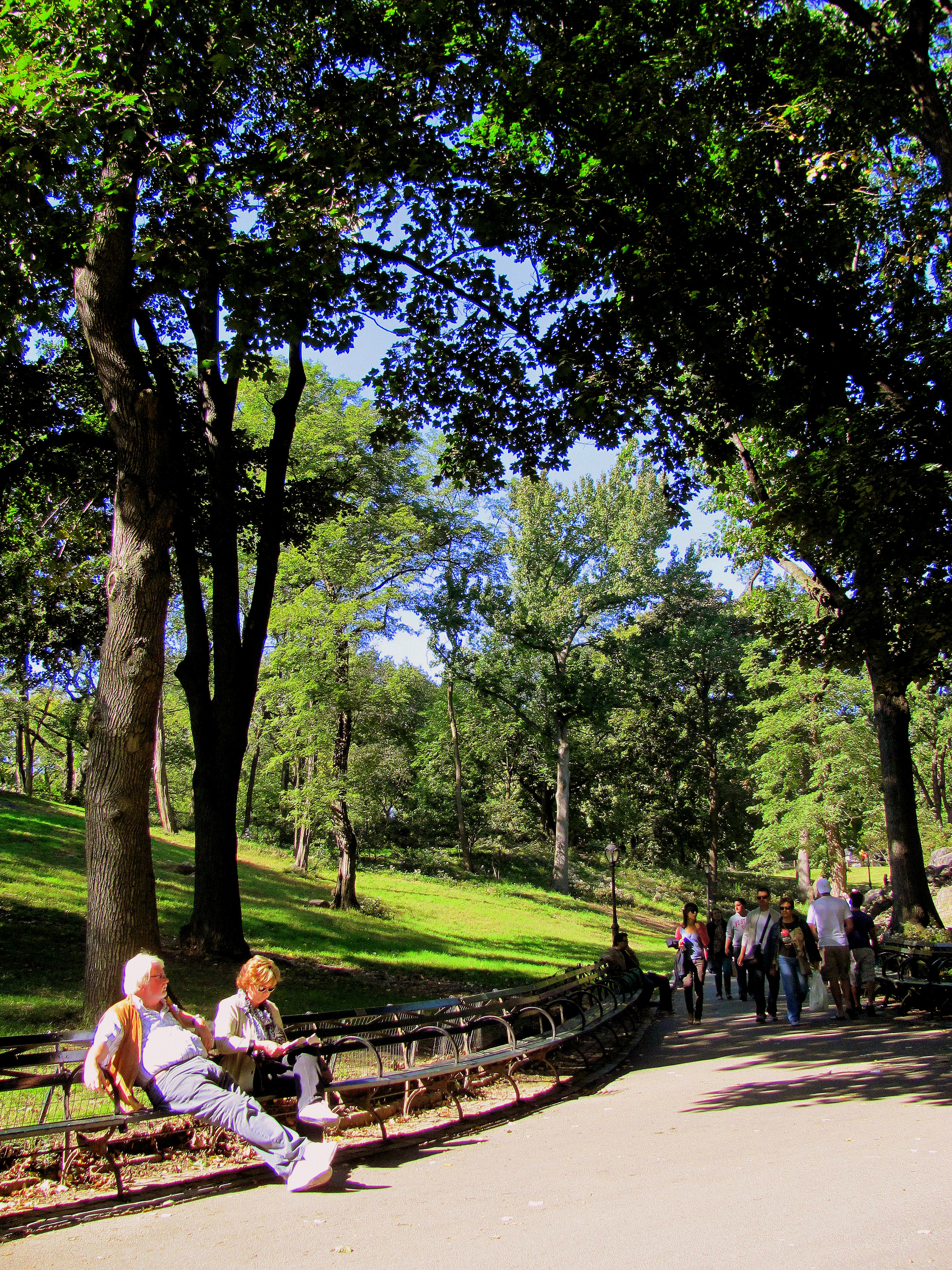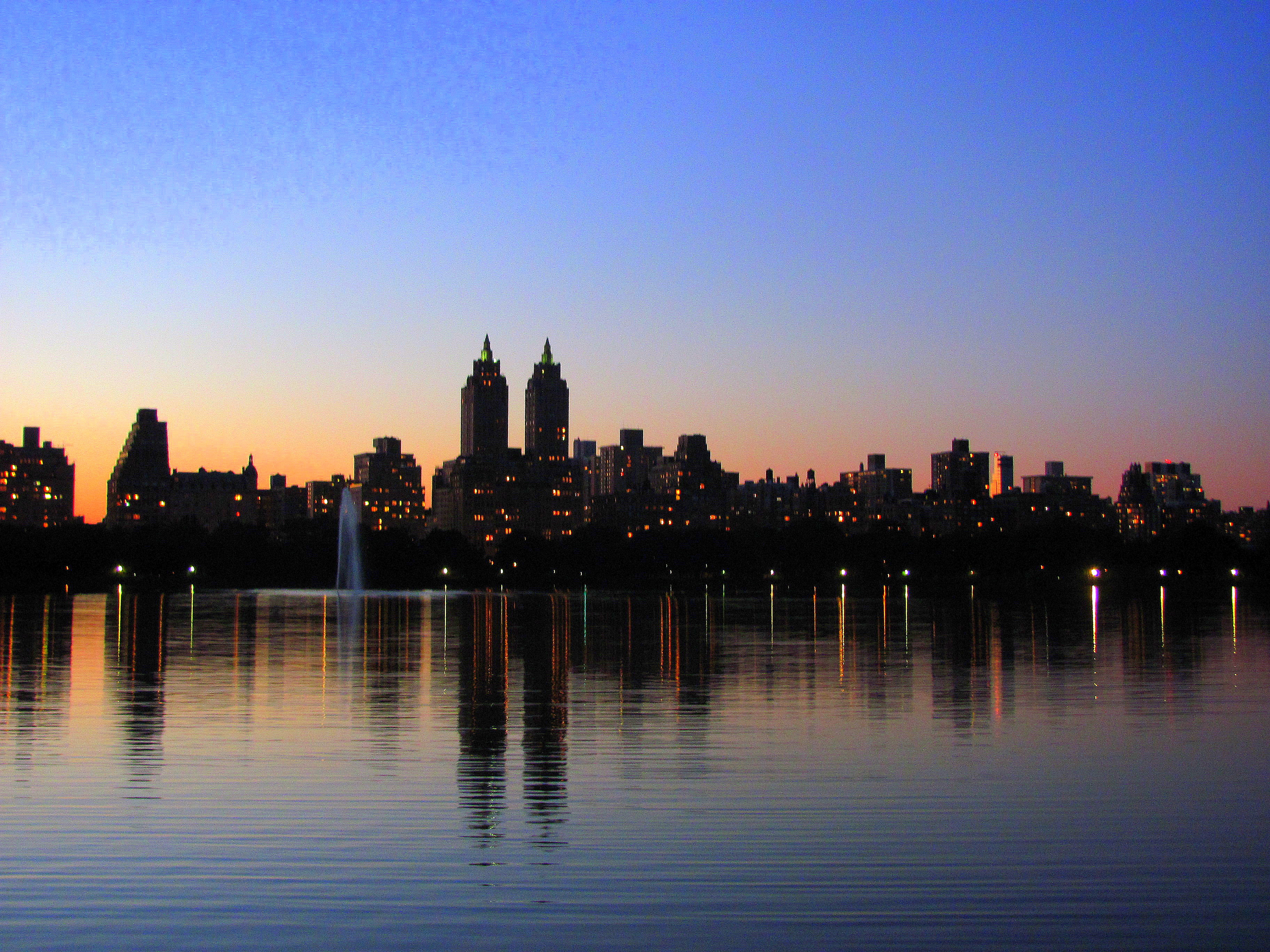As mentioned, walking is the best form of exercise there is. It allows us to move our bodies organically while interacting with our neighbourhood and the people in it. As you’ve probably noticed, however, some places are more fun to walk around in than others. Taking a stroll down a wide sidewalked street, where you can peer into cafes, interesting boutiques and pass bustling restaurant patios or walking through public parks and in natural settings are clearly more enjoyable walking experiences than walking beside a 6-lane, busy road on a narrow sidewalk in a high-rise neighbourhood. The friendliness of a place to walkers is termed “walkability”, coined by Jane Jacobs, an urban activist and founder of the annual “Jane’s Walks” that take place in various cities around the world in May.
According to Jane, the ability to walk in a neighbourhood fosters a sense of community, creating vibrant, happy neighbourhoods full of citizens with an invested interest in their community. It turns out that getting around on foot is not only provides daily exercise, it creates a pleasant atmosphere in which to live and work.
I have been fortunate enough to grow up living on the subway line of Canada’s 2nd most walkable city, Toronto (Vancouver is number 1). Therefore, I’ve been able to live my adult life without being dependent on a car. I find I can take the subway across the city, which is another mode of transportation that fosters walking, because one must walk to and from the subway station and complete their errands on foot, rather than driving from parking lot to parking lot. Call me a snob, but I’ve never been a fan of the car. Dependence on cars creates a socially isolating experience by insulating us from other people as well as increasing stress, pollution and promoting inactivity.
Despite the inherent subjectivity of walkability – do you prefer bustling, busy avenues, quiet, leafy side streets or nature-surrounded hiking trails? – a website, walkscore.com objectively rates the walkability of cities and the neighbourhoods within them across Canada and the U.S. Places are rated on a scale of 0-100 depending on their walking-distance proximity to restaurants, grocery stores, parks, cafes and other destinations of daily activities. Higher scoring places such as the Bay St. Corridor in Toronto are rated as “Walker’s Paradises”, meaning that most amenities can be accessed on foot. Other places like Markham, Ontario, outside of Toronto, however, with a walkscore of only 47 are deemed “car-dependent” regions, meaning that most activities require a car with few amenities located at walkable distances. (Leslie and Sheppard, where CCNM is located, has a walkscore of 67, “somewhat walkable”, which might explain why I’ve never connected with this area and it’s car-dense ambiance).
People who live in places with high walk scores typically weigh 10 lbs less than the average, have a lower incidence of cardiovascular disease and diabetes, are happier, have more pride in where they live and, with a shorter commute time to and from their places of work, experience less daily stress.
So, how walkable is the place where you live? Do you complete most of your errands on foot or do you find it necessary to own a car? How does your ability to walk to the things you need contribute to your quality of life and how you interact with your neighbourhood? How does walkability affect your personal health and happiness?












Having spent a week in Vancouver this May, I grew to envy the “walkability” of the city. Each day, I welcomed the opportunity to venture forth on foot. I can only imagine Toronto is a wonderful place to walk. In central Illinois, we have cornfields and LOTS of them. So, I become well-acquainted with corn stalks, but few people.
Our culture here relies heavily on cars, and I see this in that I know very few of my neighbors. We wave at one another in passing from behind a car window, but seldom interact in person. I used to complete most of my errands by car, but I recently purchased a bicycle that will make riding my errands possible. I am a tad concerned for my safety, as the area does not foster bike riders; but I’m prepared and cautious. An excellent topic for discussion, Talia!
For me, that’s the draw of the city, the ability to have at hand and at foot our very own urban playground. In the density of the city the isolation of a car feels suffocating – there is so much out there to interact with! But, then there is the country, where we’re more in touch with our natural selves and life seems to slow down a bit, there is more space, and with that space comes a need for rapid transport. It’s a fine balance and I know that in Canada and the US we seem to mitigate that balance for settling for something in between – something suburban – which, rather than having the best of both worlds, has the worst of both! At times it seems that the outskirts of Toronto have become an urban wasteland, full of winding freeway on-ramps and giant parking lots, all in honour of our good friend the car. Walkability has been something that I’ve placed a great importance on when deciding where to build my naturopathic medicine practice – I want people to walk to me! I want to watch the people go by and be part of the community! But then I want to take day trips out to the country on the weekends… I’m sure we’ll find a happy balance!